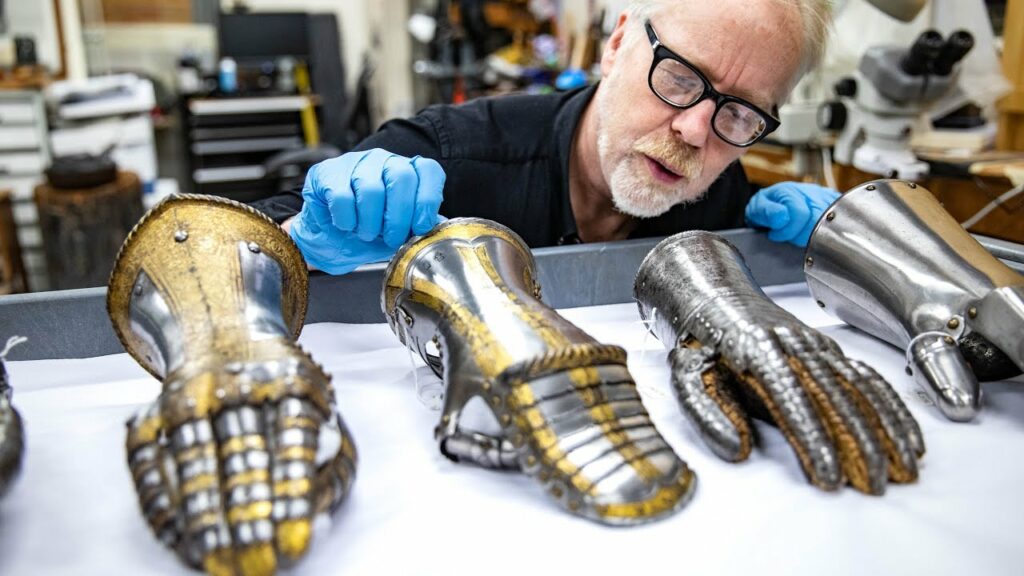The first time I understood quite how bad emergency relief can be was in the aftermath of the Indian Ocean tsunami in December 2004. From the dockside, first responders fed back stories of containers full of pots and pans with broken handles, soiled clothing and expired medication. As accounts started to come in about quite how unhelpful and time consuming it was, all around me in England church halls and primary schools continued to collect items that they thought might help. The impulse was quite understandable; the unintended consequences grimly depressing.
The tsunami was a terrifying event on a huge scale. Sadly, in emergency planning and disaster response, such events come around more than we would like. As we know only too well, in the early hours of 6 February, extremely powerful earthquakes rocked southern Turkey and northern Syria, causing incalculable suffering and killing more than 47,000 people, many of them as they slept in their beds.
Even seasoned disaster responders have said they are currently witnessing some of the worst scenes of their career, and the problems are far from over – whether in the form of continued earthquakes, or the difficulty of housing so many displaced people in initially very harsh weather conditions. The magnitude of the crisis is of course matched by the scale of the help needed. But the kind of help provided is also crucial. Most aid organisations and governments have learned over the years that unsolicited donations of goods are less effective than cash – and can even be dangerously counterproductive (the UK authorities current advice is that goods “can obstruct supply chains and delay more urgent life-saving assistance from getting through”). But there is still an urge, on hearing heart-rending news, to clear out cupboards and send secondhand clothes and blankets.
The impulse to help in any way we can is a wonderful aspect of human nature. In my 23 years as a disaster planner I have seen the very best of it. It’s clear that, given the cost of living crisis, secondhand items might be all many households can manage, if indeed they can offer anything at all. But misdirected help can leave responders with an additional problem to solve, contributing to logistical and clean-up problems – a phenomenon that has been labelled “disaster pollution”. During the response to Hurricane Mitch, which struck Honduras in 1998, a plane carrying aid was unable to land due to bales of unusable clothing blocking the runway. After the 2004 tsunami, clothes that no one had time to sort had to be piled on a beach near Banda Aceh, where they sat rotting until the only solution was to set them on fire.
This time, many seem to be heeding the call to donate cash, rather than things, in response to the earthquakes. Even so, one fundraiser in north London, where there is a large Turkish population, warned of lorries unaffiliated with major charities transporting aid but then “dumping it on the side of the road” because of the lack of available storage space. Council leaders are urging people to give to the Disasters Emergency Committee, which is coordinating efforts and channelling aid to organisations on the ground instead. This local know-how is vital as communities try to get back on their feet, and can’t be replicated at a distance. “What people give today might not be what people need tomorrow,” according to Oxfam, which says it “buys items locally or from countries in the affected region. This stimulates the local economy and has a lower environmental impact.”
Misdirected aid isn’t the preserve of individuals, of course. In the past, governments have created problems by sending wrongly labelled pharmaceutical products and dodgy equipment with the wrong specifications. Aid can also be co-opted into diplomatic game playing, come with ideological strings attached or be given in the expectation of a future quid pro quo. None of this, it goes without saying, is in the interests of the people who need it most.
So what can we do? It is easy to feel helpless, watching these events unfold from afar. Donating spare stuff feels tangible, as you imagine your cardigan being wrapped around the shoulders of somebody who needs it more than you. But the key, really, is to trust others: first, the humanitarian organisations which run massive logistical operations and can procure items locally. They really do make financial contributions go much further than anything we could parcel up and send. Second, the people in the disaster zone themselves. In both respects, money is king. In 2013, the Philippines was hit by Typhoon Haiyan, and more than 6,000 people lost their lives. The UK government, via what was then the Department for International Development, was the largest bilateral donor, sending £77m. A major review of the response resulted in some important findings, including the fact that direct transfers of money, via organisations such as Care, allowed local people to “to purchase diverse goods that would have been impossible, or very impractical, for aid agencies to provide”.
Blanket coverage of disasters results in an intense flash of concern and of the will to give. But though the news agenda soon moves on, it’s a different story for the people affected. Rebuilding in Turkey and Syria will be a slow process, with broken families, orphaned children and traumatised individuals needing complex support for years to come. That is why the very best form of aid is continuing help. Governments and individuals alike should avoid taking a short-term approach to situations where ongoing support and long-term resilience are what is needed. Emergency donations are vital, but a lasting commitment, even a small one, can make a massive difference. Those affected by disasters are desperate for assistance and desperately grateful for those willing to provide it. It’s our responsibility to make sure it is the right kind.
Lucy Easthope is an emergency planner and the author of When the Dust Settles: Searching for Hope After Disaster (Hodder). To support the Guardian and the Observer buy a copy at guardianbookshop.com. Delivery charges may apply.
Further reading
The Most Good You Can Do: How Effective Altruism Is Changing Ideas About Living Ethically by Peter Singer (Yale, £12.99)
Wave: A Memoir of Life After the Tsunami by Sonali Deraniyagala (Virago, £12.99)
The New Fundraisers: Who Organises Charitable Giving in Contemporary Society? by Beth Breeze (Policy, £24.99)

